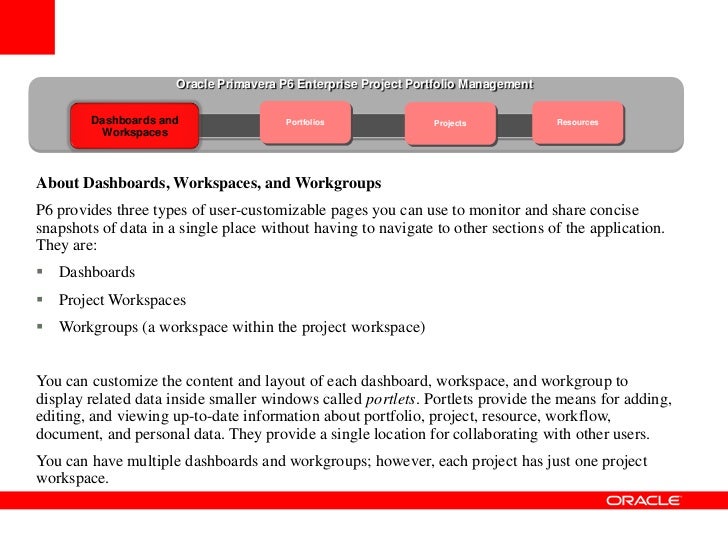Primavera Integration Api 8.2
Class BusinessObject. Java.lang.Object extended by com.primavera.integration.client.BOBase extended by com.primavera.integration.client.bo.BusinessObject. Direct Known Subclasses: com.primavera.integration.client.bo.base.ActivityBase, ActivityCodeAssignment.
Primavera Gateway is an integration web application being developed by Primavera that allows data to be moved between a Primavera application and another application. Primavera Gateway consists of an Integration Broker in the middle, and at least two providers, one for each application that is involved in the integration. All Primavera providers are built-in including the P6 Provider, Unifier Provider, Enterprise Track Provider and Prime Provider. Third-party vendors can create additional Primavera Gateway providers to integrate non-Primavera applications with Primavera applications. In version 16.2 of Primavera Gateway Oracle has made a lot of improvements to the ease of use in Primavera Unifier. As you create a new Business Process, it automatically adds it to the Gateway business objects library.

- Dec 26, 2017 - Install JDK 1.8.0_101 3. Install Oracle XE database 4. Install Oracle WebLogic 5. Primavera Integration Api 8.2 Download. Run WebLogic Node Manager 6. Download Primavera P6 EPPM Suite 7. Oracle database pre-requisite components of Primavera P6 8. Grant required P6 Privilege to Oracle database.
- 10 November 2016. Primavera Gateway 16.2 & API Development for Integration Integrating with Primavera P6 and Unifier - Where do we stand?

From there the integration’s behaviors can be defined and a provider deployed. Unfortunately, Primavera Gateway is really still a purpose built integration platform developed specifically by the Primavera team. It relies on providers to be built from applications such as an ERP like SAP or a corporate document management tool like Livelink and deployed into the Gateway. Rather than using existing standardized Oracle integration platforms where you can capitalize on integrations around the world, we need to rebuild the integration code to work in Gateway as a provider. This adds considerable costs and overhead.
For example, Emerald has our P6-Loader that uses Web Services to extract and upload over 95% of the data in P6 at both the global and project level. To get the same functionality into Gateway we would have to recreate the modules and maintain 2 sets of code. Why do this when we already use the Web Services approach? Furthermore, the current Primavera SaaS Industry Cloud Gateway can ONLY be managed by Oracle Primavera, which limits the ability for a client to get any help from their expert Partners on their other corporate tools with existing integrations. This limits the speed and progress of provider development for the current SaaS Industry Cloud and goes against Oracle’s usual attitude of “the more open the better”.

Primavera Integration Api
For integrations not within the Primavera suite, you also need to pay for the Gateway technology. So what does this all mean? If you have Oracle E-Business on-premise and you have it integrated to P6, moving your P6 to the Oracle Cloud will mean you have to have a Cloud enabled integration which will not work if the P6 API was used. You will need to rewrite in into Web Services, which is not trivial, the API and Web Services for P6 have very different behaviors. Alternatively, Oracle would have to rewrite the integrations into new providers using Gateway. As far as integration development goes, working with the API and Web Services still brings the most flexibility.
Api Integration Services
The API for Unifier is not as strong as we would like to see it, but in version 16.2 they have made some nice headway with the document REST APIs, allowing better controls over document folders and document integrations.





